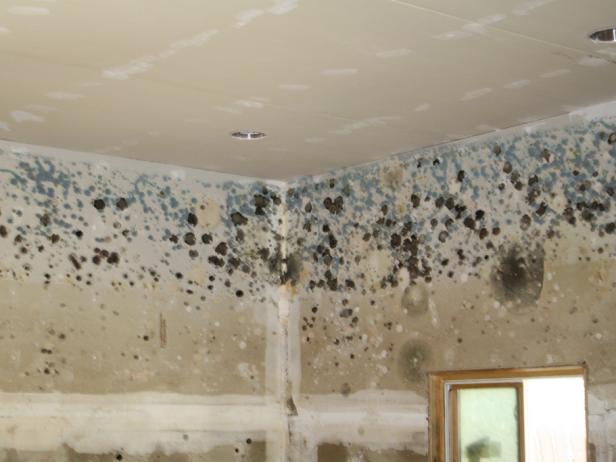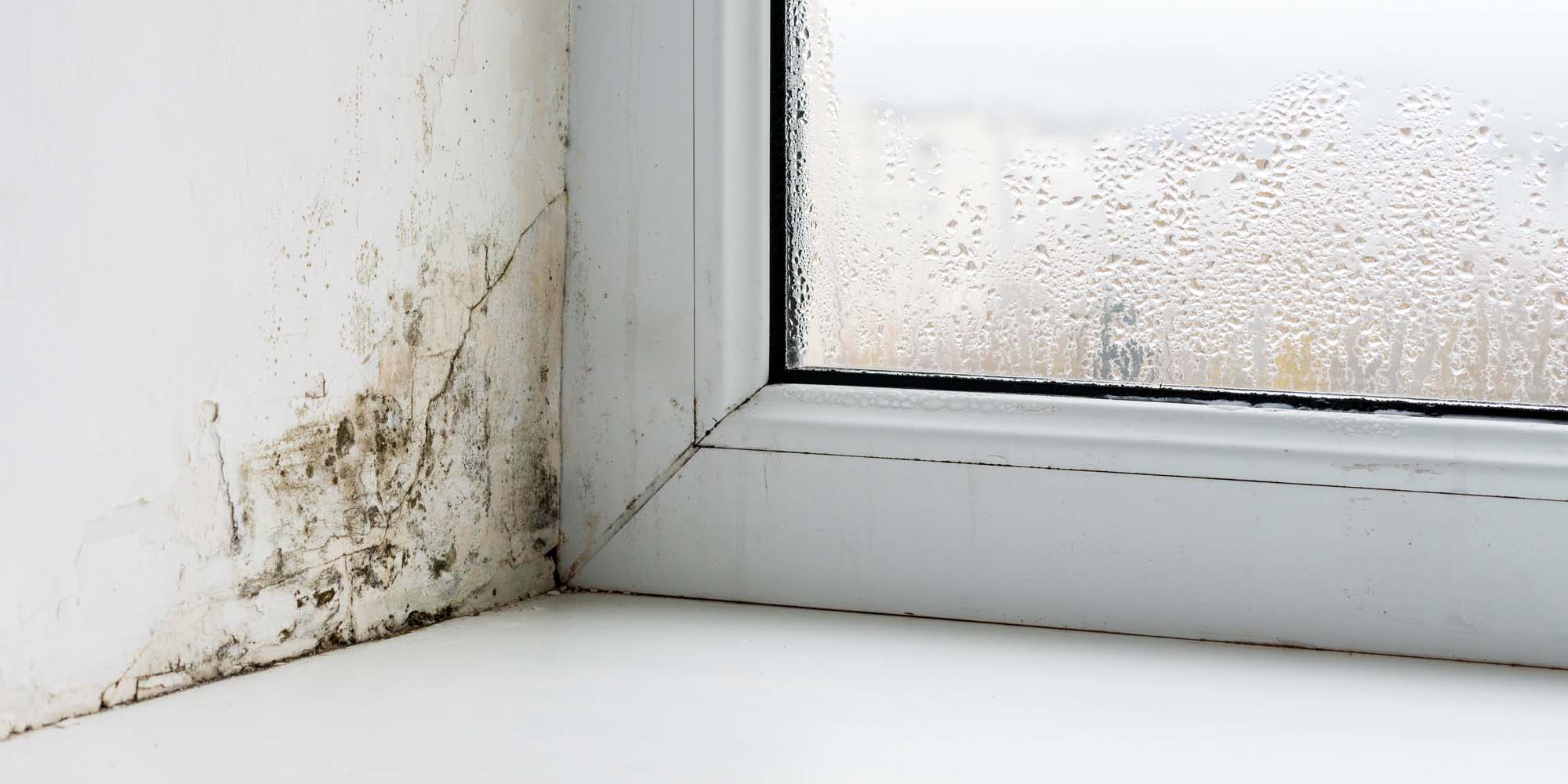Mold growth in the home can pose serious health risks due to the toxic compounds mold produce. Mold removal and remediation is critical to prevent exposure to mold toxins. Some key points about mold toxicity:
•Molds produce mycotoxins.
Many species of mold produce harmful chemicals called mycotoxins. These include aflatoxins, ochratoxin A, sterigmatocystin, citrinin, and histatins. Exposure to these mycotoxins can lead to toxic mold syndrome with symptoms like memory loss, liver damage, immunosuppression and even cancer.
•Some molds are highly toxic.
Also,certain molds, such as Aspergillus, Fusarium, and Stachybotrys (black mold), can produce very toxic strains. Exposure is especially dangerous for those with compromised immune systems, children, elderly or sick individuals. Even small exposures to these toxic molds over time can have serious negative health impacts.
•Inhaling mold spores or mycotoxins is dangerous.
Then,the main ways mold toxicity occurs is through inhalation of mold spores or mycotoxins in the air and absorption through the skin. Breathing in spores from mold growth in HVAC systems, walls or water damage can expose you to high toxic loads. Mold contamination in the home should always be considered an inhalation hazard.

• Chronic exposure leads to chronic illness.
In addition,exposure to mold toxins often starts off slowly, leading to a buildup in the body over time. Eventually the mycotoxins can cause permanent damage to organs and the immune system, leading to chronic health issues like chronic fatigue syndrome, allergies, hormone and neurologic dysfunction. Proper prevention and removal of mold early is critical.
•Removal must be complete.
Also,simply cleaning off visible mold will not make a home safe. Mold removal must involve determining and fixing the source of moisture that leads to mold growth along with complete remediation and remediation of all mold impacted areas and materials. Porous surfaces like drywall cannot properly be cleaned and disinfected and should be removed and replaced. Half measures will only lead to the mold returning.
•Can be fatal. While uncommon, exposure to certain toxic molds can be fatal, especially with exposure at a young age or advanced immune deficiency. Cases of acute pulmonary hemorrhage and even kidney failure have been linked to exposure to molds that produce potent toxic compounds like the mycotoxin fumonisin. Proper removal and remediation of any mold contamination should always be taken extremely seriously.
In summary, mold toxicity is a very real threat due to the poisonous compounds many molds produce. Mold exposure needs to be avoided or addressed promptly through complete and definitive removal to prevent personal suffering or even premature death from mold-induced illness or injury. Better safe than sorry when it comes to toxic mold hazards in the home environment.

